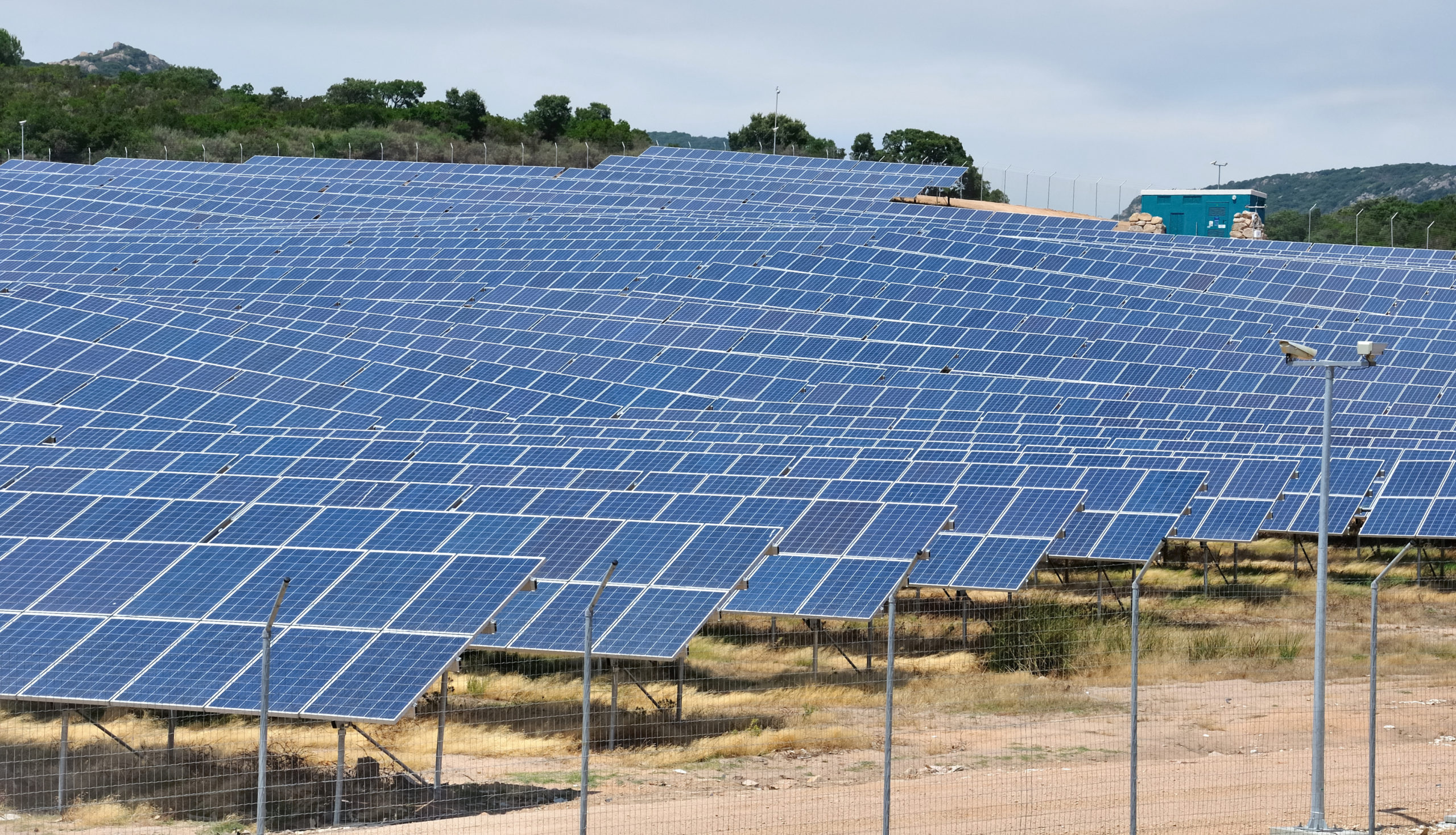The sun’s light travels in the form of energy packed particles referred to as photons. Sometimes, certain materials produce an electric current when exposed to these photons. This is referred to as the photovoltaic effect. The electric current produced by the material can then be used to create the energy that powers homes.
Many photovoltaic cells are made of silicon crystal doped with two different materials. The materials range from aluminum to gallium to phosphorus. This doping will leave the crystal with one half that is electron rich and one half that is electron poor. The electron poor region is called the p-type layer. The electron rich region is called the n-type layer. This creates a charge gradient across the cell.
The difference in charge creates what is known as an electric field. Electrons travel through this field from electron rich regions to electron poor regions. In between the two halves, a PN junction is formed. The region between the p-type and n-type layers is called the depletion zone, and it is where electrons travel from one layer to the other. They usually move from the negative side to the positive side.
Eventually, the electrons will reach an equilibrium across both layers of the cell. This is where visible light comes into play. Photons can either pass through the cell, reflect off of it, or be absorbed by it. In order for the photovoltaic effect to occur, the photon must be absorbed by one of the electrons. When an electron has extra energy, it becomes excited and wants to move.
When it moves, the electron now moves in the opposite direction (from the p-type layer to the n-type layer). This provides more electrons the opportunity to move from the n-type layer to the p-type layer to fill in the spaces left behind by the excited electrons. This creates an electrical circuit that can create electricity that humans can harness for use.
Different photovoltaic cells will have different abilities to absorb photons, and they will also differ in lifetime. As the science behind the photovoltaic effect is more understood and the ability to create more efficient photovoltaic cells improves, the overall quality of solar power is improving. Some cells are incredibly efficient now, and others can last for tens of years.
While the information presented here is somewhat simplified (the complex mathematics are left out), this process is impressive. From the sun, visible light photons travel millions of miles to earth. Once in the atmosphere, those photons slam into a cell. If absorbed, the photovoltaic effect happens, and electricity is captured. In the end, this seemingly simple process is able to generate enough energy to power a person’s home.







